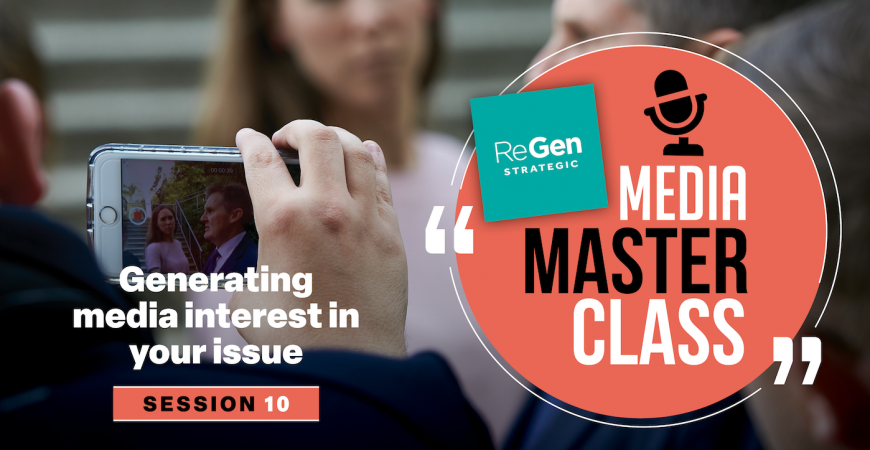Media coverage is a pivotal way to shape public opinion, but it can often be difficult to gain attention against a myriad of competitors. Companies without a media relations strategy will often throw media releases at journalists, hoping something will stick, but taking a more structured approach will deliver higher success rates.
Each media company’s audience will be at the heart of their content choices. Without an audience, they will struggle to get advertising and generate revenue. Media outlets know their audiences well, and they’ll know whether your story is likely to resonate or not. It’s important that if you’re pitching a story, you consider which outlet or program will be the most relevant.
If done right, you will receive more publicity and successfully communicate your key messages to the audience, particularly as part of a broader media relations strategy.
So, what are some factors to consider?
Impact
The media will look for relatable issues that hit its audience close to home. If your issue affects people and has the potential to affect others, it will have an impact. And the more people an issue is likely to impact, the more coverage it will generally get.
One way you could demonstrate this impact is by providing a case study to highlight your issue. This will give your content more power as audiences can relate more easily to a person with a lived experience of the issue rather than just an organisational spokesperson.
Another way to make an impact is to provide hard-hitting statistics, demonstrating the reach of your issue. It will also back up your argument and provide credibility to your story.
Threat
One of the ways media gets the audience’s attention is by highlighting threats, either real or perceived. This can range from weather events and natural disasters to financial threats or the collapse of companies.
If your story focuses on a warning about a potential threat, it may get the attention of the media, particularly if you can articulate the potential impacts if the issue is not addressed.
Timeliness
Timing is everything in media. Amid a 24-hour news cycle, certain topics will come out on top and may result in your issue being overshadowed if you choose a busy news day to try to pitch your release. It’s important to have an understanding of what is going on in the media when you’re trying to get your story up. For example, if it’s state election day, it’s probably not the right time to pitch a story that doesn’t relate to politics.
Following the news cycle closely will also enable you to find the right time to pitch your story. For example, the media might be covering a topic that is very relevant to your issue, enabling you to seize the opportunity for media coverage. If you don’t have time to track the news yourself, consider engaging a media relations provider like ReGen Strategic to do it for you. If reacting to or commenting on emerging stories of the news cycle is part of your media relations strategy, it’s important to have multiple spokespeople with media training within your organisation so you can ensure a timely response and capitalise on opportunities to gain media interest.
You can also pre-empt what key events are approaching and try to tie your issue to it, like the end of financial year or the state budget. Another option is to look at the days that are relevant to your cause such as World Suicide Prevention Day, Homelessness Week or Seniors Week.
Simplicity
Journalists have very little time to be across so many issues in a news day. If you make it easy for them, your issue is more likely to be covered. This is where it is important to develop your key messages and brief all spokespeople, so the desired message comes through.
These key factors to gaining media interest, along with a host of other tips and tricks, are covered in ReGen Strategic’s bespoke media training program. Contact ReGen Strategic to book in your session with our team of award-winning former journalists.
 ReGen Strategic
ReGen Strategic